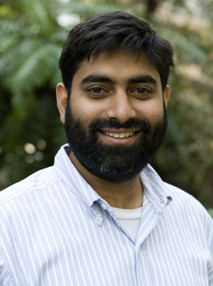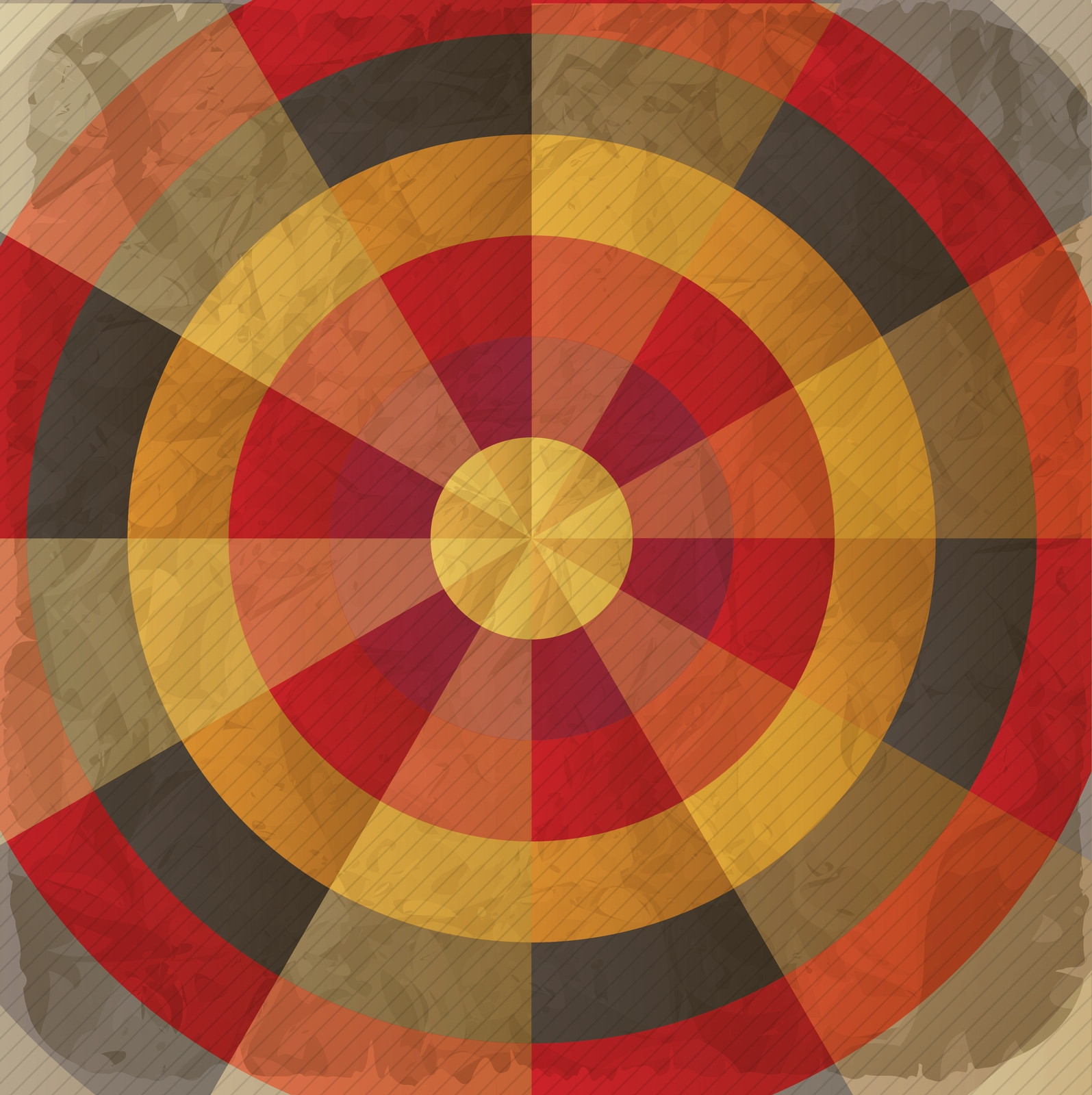 Deval Sanghavi of Dasra, India's first venture philanthropy fund.
Deval Sanghavi of Dasra, India's first venture philanthropy fund.
Deval Sanghavi launched his career in investment banking in the United States. In 1999, he and wife Neera Nundy decamped to India to help nonprofits build organizational capacity; they founded what is now Dasra, the country’s first venture philanthropy fund. Since then, Dasra has grown—in part through the launch of giving circles with more than 60 members worldwide. Sanghavi’s biggest challenge now is ensuring that his own organization can meet the growing demand from donors.
Alison Powell and Roger Thompson: Could you tell us a little bit about why you started Dasra?
Deval Sanghavi: My wife and I met at Morgan Stanley in New York where we trained to be rigorous and disciplined in investing. We wondered why similar rigor was not the norm when billionaires would invest millions in philanthropy. What we found was that the approach to funding social entrepreneurs [in India] was limiting—most capital invested was for project funding, not institution building, so they were starved at the core. In addition, Indian social entrepreneurs lacked strong boards, or other champions that could provide them with strategic and managerial support beyond writing checks. It was clear there was a need for an intermediary skilled in building institutions.
Can you share an example of how Dasra supports social entrepreneurs to build their institutions?

Sure. After looking at more than 40 education-focused nonprofits, we made our first investment in 2000 to an organization called Magic Bus. The founder, Matthew Spacie, sought to provide life skills and empowerment to youth using sports. At the time of our investment, it was not even a legal entity and served only 50 youth each month. For the first 3 years, we gave $20,000 annually and mandated that it spend it on management costs and institution building. This allowed the organization to hire very strong people, reflect on and improve the model, and demonstrate that the model worked. Our thinking was that if the staff built up the organization, the funds would come. And they did: Magic Bus raised money from the Global Fund for Children and various foundations in India. It won a World Bank Development Marketplace award, and invested the $80,000 award in a measurement and evaluation system. Today, it serves 250,000 youth across India. What was critical to its success was an inherent belief in investing in building a strong institution.
How has Dasra grown since the early 2000s? Perhaps you could talk about the genesis of your giving circles.
Dasra has become a vehicle not just to scale organizations, but also to accelerate effective philanthropy in India. In 2008 and 2009, we re-evaluated our model. Most of our investors at that time gave around $250,000 a year. Often they came to us after years of dissatisfaction with the impact they were getting by writing checks themselves. Dasra appealed to them as a way to get the impact they sought.
So now, instead of finding one person to give $250,000, we find 10 to give $25,000—and we access 10 different perspectives and funders. We’ve created the largest collaborative giving platform in India. This is the first time our members have made a three-year commitment of this size to one organization. Grants of this size allow the social entrepreneur to realize longer-term goals.
Share with us an unexpected outcome of your work and how you have reacted to it.
We’ve been able to attract a significant international audience while spending less than 2 percent of our time as an organization internationally. We spend our time building capacity in India, finding social entrepreneurs and helping them to grow. But through technology, our giving circle members themselves have attracted new members. With our giving circle model, in the last three circles, we have 12 members from outside of India—from Houston, Singapore, and London. I was completely surprised by this; in no way did I expect giving circle members to be so passionate that they would tell others to join in. We are seeing these “tweaks” to our model—where we started with a giving circle, and we are now forging collaborations at totally different levels. For example, we now have a partnership with USAID—in collaboration with the UK’s Kiawah Trust—for a $14 million alliance to empower adolescent girls, improve child and maternal health, and build networks of philanthropists over the next 5 years. This partnership began with the Kiawah Trust approaching Dasra to fund high-impact organizations, only to realize that impact at scale required an ecosystem between entrepreneurs and philanthropists. Around the same time, USAID also came to a similar conclusion: Forging alliances and partnerships is the best way for them to create a multiplier effect.
What is your biggest challenge?
For us, it’s been scale for our own organization; three years ago, we had 12 people and we are at 65 now. Our challenge is ensuring that we put the proper systems and processes in place to reach out to the larger community, whether they are philanthropists or entrepreneurs.
I’m now wondering what advice others have about how we can expand our global giving circle member network while retaining our focus on local entrepreneurs?
Support SSIR’s coverage of cross-sector solutions to global challenges.
Help us further the reach of innovative ideas. Donate today.
Read more stories by Alison Powell & Roger Thompson.

